 1.) It’s an Investment, Not a Cost
1.) It’s an Investment, Not a Cost
Marketing is more than just selling your book. Taken by themselves, most marketing events are loss-leaders. A book signing or table event won’t normally bring you enough profit on the copies sold to cover your costs of getting there, much less a decent wage for the hours spent not just during the appearance, but all the collateral work and other material that you should provide such as bookmarks and posters. You are not just promoting the event, but creating buzz and excitement about the book which will carry over to book store staff and other customers and, if you’re lucky, into the media. It’s also about building your personal “brand”. You have to build that not just for one book, but for all the books you will publish in the future. Spend what you have to, to get the attention you need to sell your book.
2.) It’s a Marathon, Not a Sprint
Your efforts and results are not going to be measured in the response to single events, but a series of events. I did 22 events last year, and 12 of them were at Hastings Entertainment stores in Texas, New Mexico, Colorado, and Arizona. I found the individual book managers easy to work with, very enthusiastic, and I called them first, even when there were other, better known, stores in the same city. I provided bookmarks and posters before the event and used Craigslist and other local online bulletin boards to announce the events. Most of the books sold last year were through Hastings, because Hastings now carries my book as shelf item – because I proved that it’s something their customers will buy. I will continue to do signings at any bookstore that will have me, but give the edge to Hastings (full disclosure: I think enough of their business model that I bought stock in the company). I also do other signings and events where I give talks about the book. I want other people talking about the book and reading it and I can’t do that by being the shy and retiring type.
3.) Define Your Market and Your Niche in that Market
I defined the market for The Shenandoah Spy very broadly, and originally planned to produce POD versions for the UK and other overseas markets. Over time, I discovered that dealers in those countries, especially Amazon.com, are very willing to sell and ship the original edition to overseas buyers. That was an investment I didn’t have to make.
Nationally, I got a distributor that not only sells to Amazon.com, but to Ingram and to Baker & Taylor. Those two firms sell to the brick and mortar spaces, but also the libraries. I do a fair amount of direct selling at table events like book fairs and Civil War roundtables, either through a dealer or directly to those attending.
Carol Buchanan, the author of God’s Thunderbolt, lives in Montana and originally defined her market as a local one. She used a POD publisher and thought that travel was too much of a cost. She contacted local bookstores and gift shops who she thought would be interested, got some local media coverage and found that shipping direct consignments to individual stores, with the attendant paperwork, was a job she didn’t much care for. She has sold a lot of copies this way, but I have told Carol that she underestimates the strength of her own story, which I think will appeal to many others outside her local area. Her book is a Western, a Civil War historical, a true-crime drama, and a love story.
Each of those is a separate niche to be addressed differently. You have to think differently about each set of buyers and very deeply. Never assume that your thinking reflects the majority. Think about what the customer wants to read and will buy. It’s not about you and what you would do.
4.) Reviews are Still Important, if You Can Find Them
As a former book reviewer for a major metropolitan newspaper, I can tell you that the number of possible review books received every day far exceeds the number assigned for reviews in a month. You can waste hundreds or even thousands of copies of your book trying to get a single review. A self-publisher can’t afford that. So you use a rifle, not a shotgun. Send an e-mail about the book, offering to send a review copy. Your cost per copy, with postage , is still going to be about ten dollars each, more than that if you use POD printing.
You will find that most newspapers no longer have a book section, or, if they do, fill it with syndicated material from the New York Times and other big city newspapers. Your best shot at a review now is at online web sites. Most print publications also have a stated policy of not reviewing self-published books. Hopefully that will change, but right now, sending a copy of your book to the local newspaper is not likely to cause you anything but expense and aggravation. Again, it takes time to get enough reviews. If you check my website’s review section (BrassCannonBooks.net/reviews.htm), you will see that I have six “five star” reviews out of the eight or nine that are there, and that the rest are favorable. Those reviews started coming in 2006, when The Shenandoah Spy was a 14-part serial on Amazon Shorts. Three of those went on the back of the print edition.
You have to build your reputation slowly and carefully. Reviews are gold, and an amateur reviewer on Amazon.com has as much authority with most readers as a newspaper critic. Yes, It would be better to have a brand name endorsement from the New York Times or another big paper, but those seem reserved for books from big mainstream publishers.
Keep asking people if they want a review copy. I sent out three dozen review copies last year. I’m still waiting for some of them to be reviewed. I never ask when a review will appear or if it will. Some days, when you cast your bread upon the water, all you get is soggy bread.
Get an Editorial Review | Get Amazon Sales & Reviews | Get Edited | Publish Your Book | Enter the SPR Book Awards | Other Marketing Services





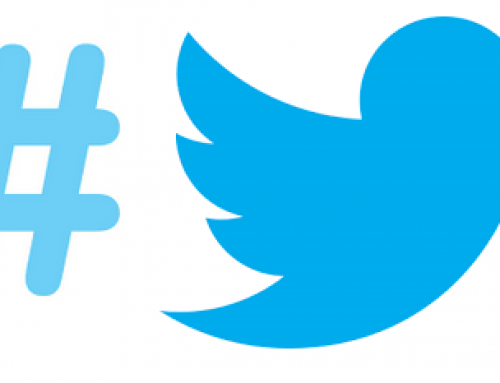

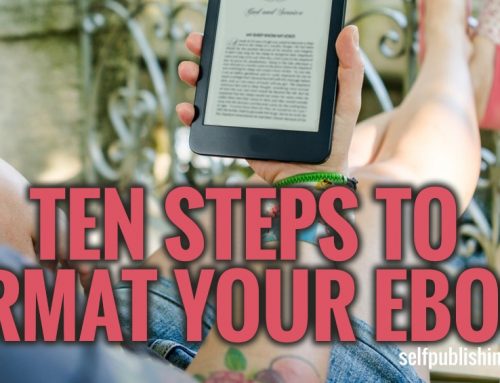

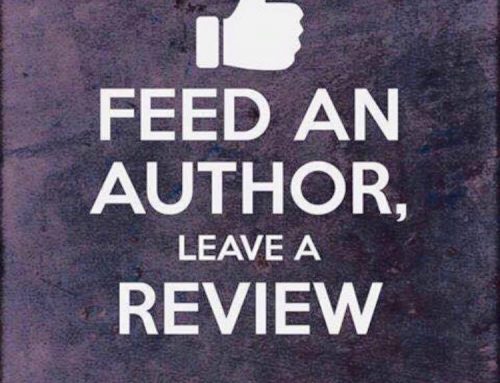

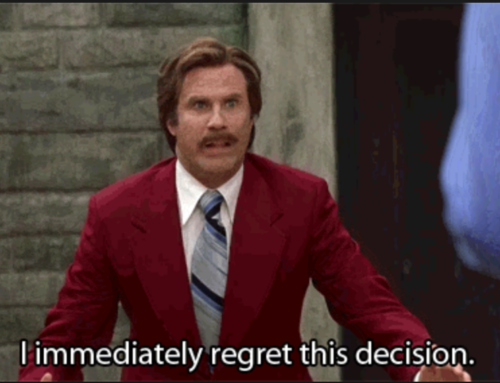
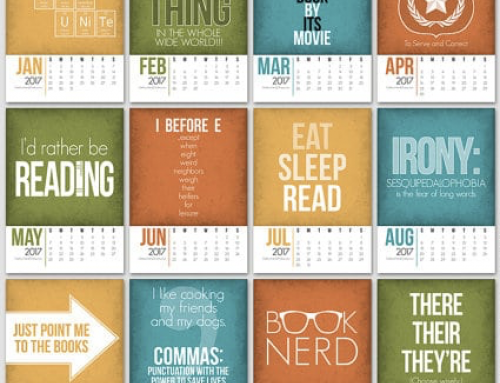
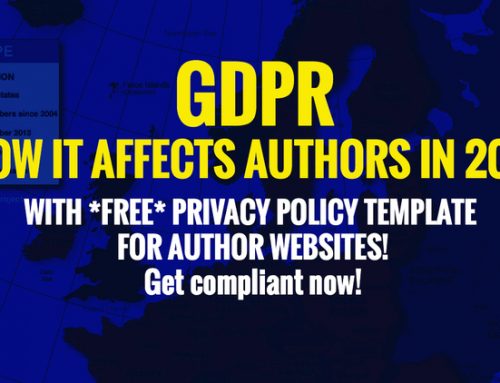
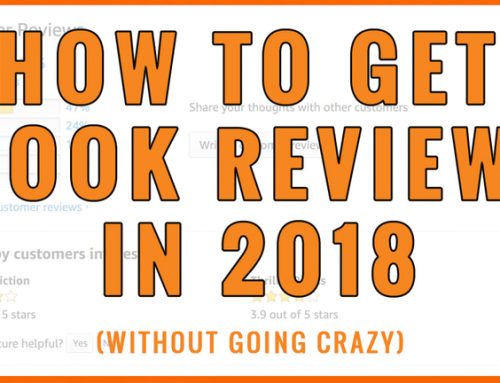
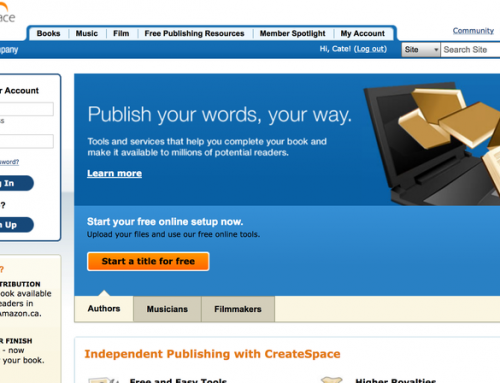
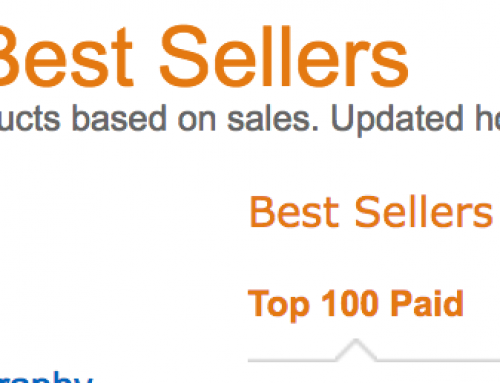
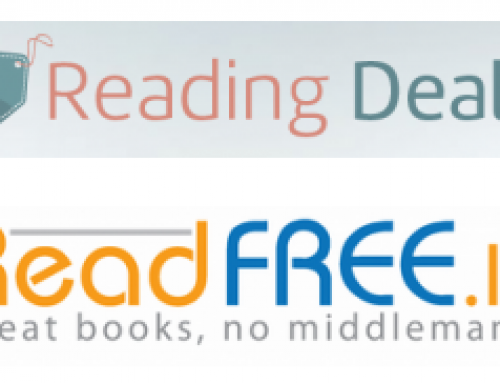

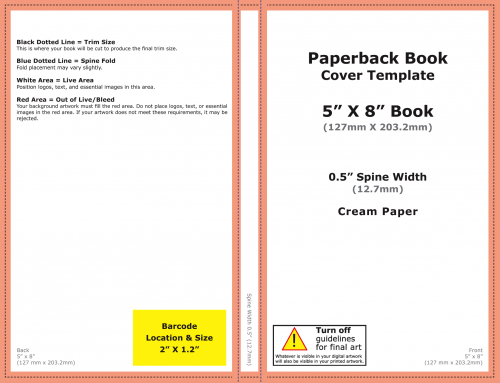
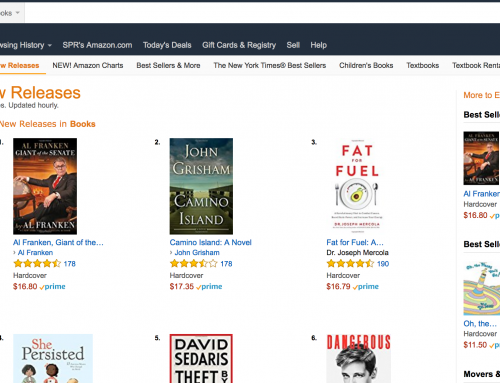
It sure FEELS like a cost…
A cost is money spent that can’t be recovered. A marketing investment returns a profit through a higher level of sales over time. If you worry about the money, then you will sell very few books. Because you won’t make the effort because it is “too expensive” You need to budget for marketing as well as for printing when you set the price of your book. That includes the money you spend for designing the cover and interior as well; it’s all part of the same paradigm.